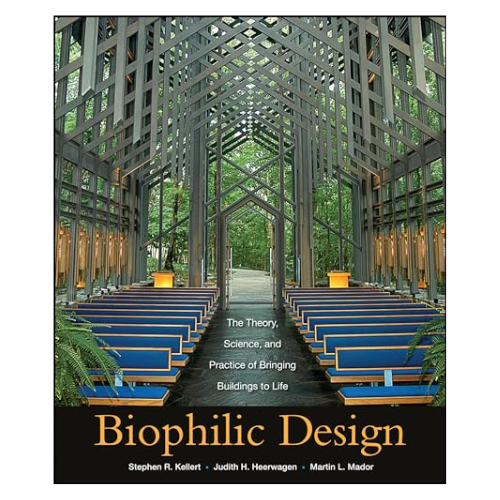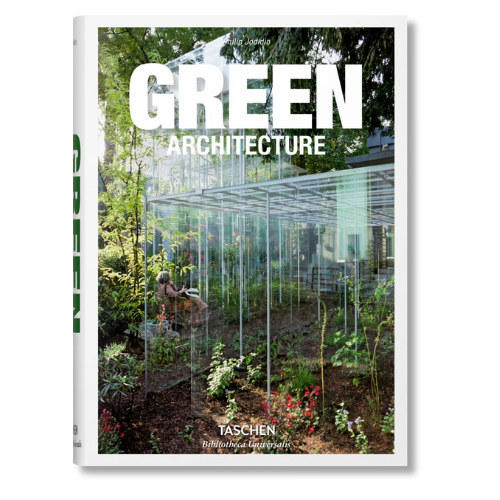5 Architecture Trends Set to Take Over in 2025 — The Ideas We'll See More of in Home Design This Year, According to Architects
Our expert architects have picked out their favorite trends that they predict will be everywhere by the end of the year
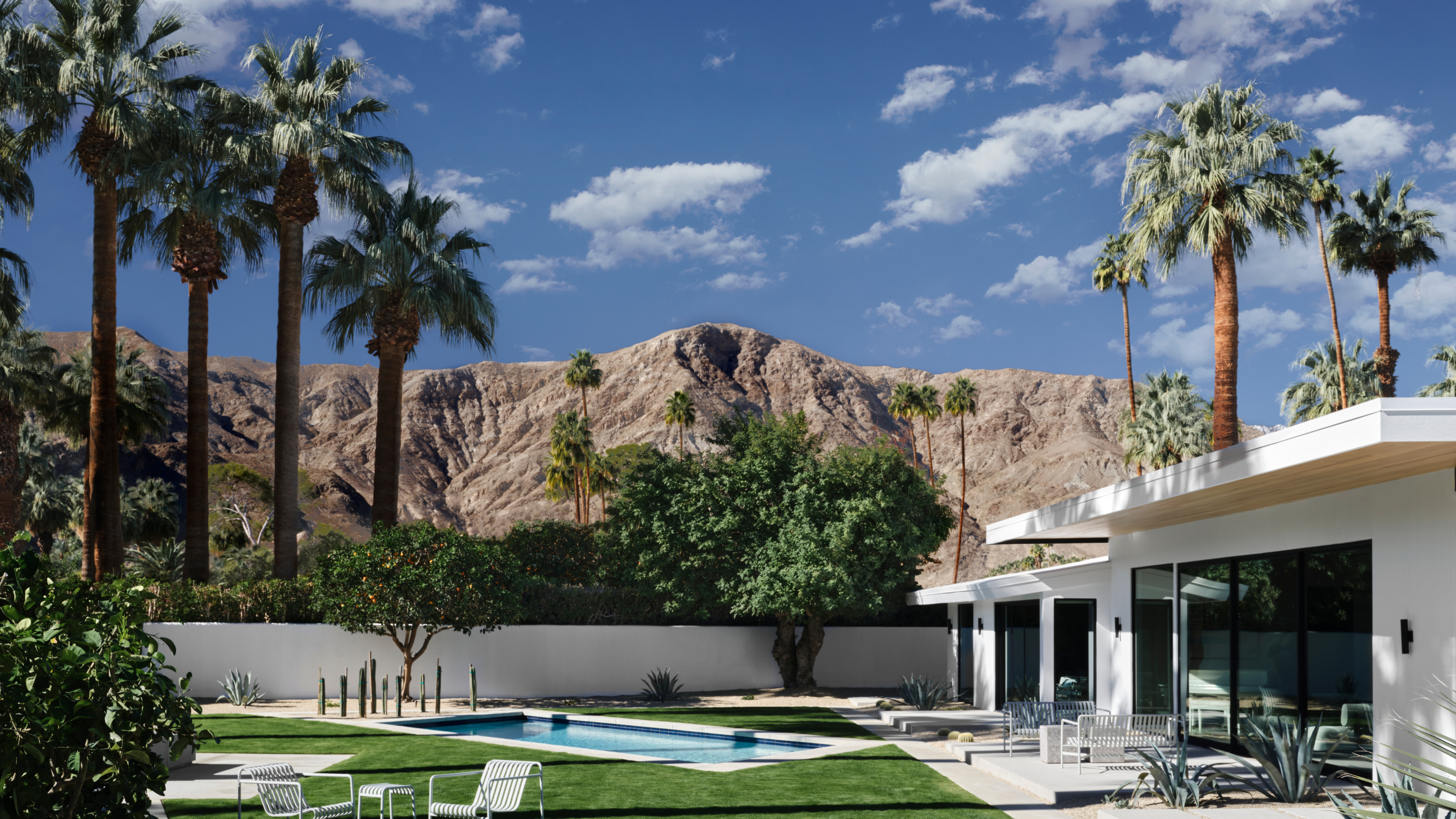
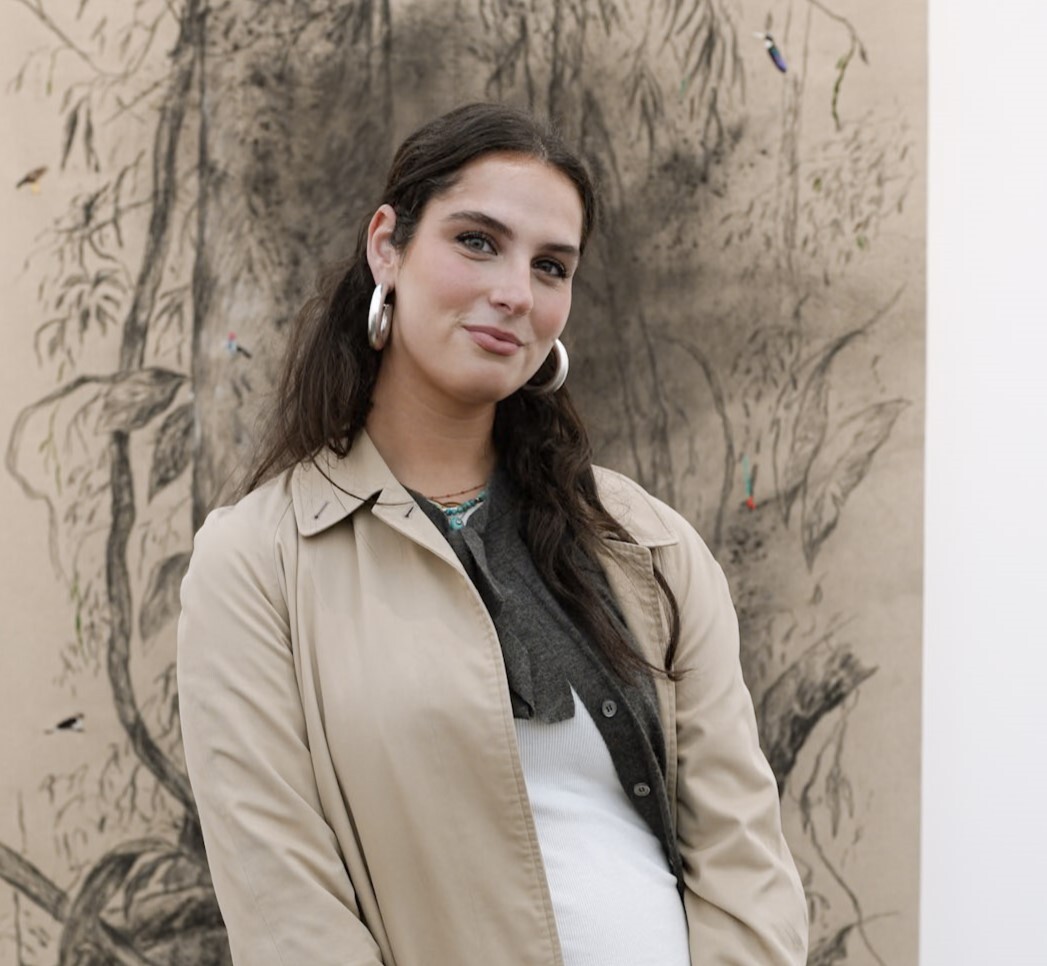
Whether it's the extravagant opulence of the Baroque period's Rococo style or the pared-back industrialism of 60s Brutalism, architecture trends for 2025 are inextricably linked to the cultural movements of that time. Buildings act as a way of preserving the past, so we can learn about history in a tangible, visible way.
It's easy to forget this and to view our modern constructions as individual works, removed from a wider web of cultural phenomena, wilfully ignoring the links and trends that continue to pop up across the architectural innovations around the world. But to ignore these trends is to ignore the history unfolding in front of us, on our streets, and even in our homes, as seen in the latest interior design trends.
Architecture has, throughout history, been the most public art form, free to view for any man, no museum ticket needed. Architecture is the art form of the people, showing how we live and what we value.
As Frank Lloyd Wright, the most preeminent figure in American architectural history, said, "The mother art is architecture. Without an architecture of our own, we have no soul of our own civilization."
To examine the architecture trends of 2025 is to examine the culture of this year, the soul of our civilization. And who better to tell us than the architects themselves?
1. Sustainable Design
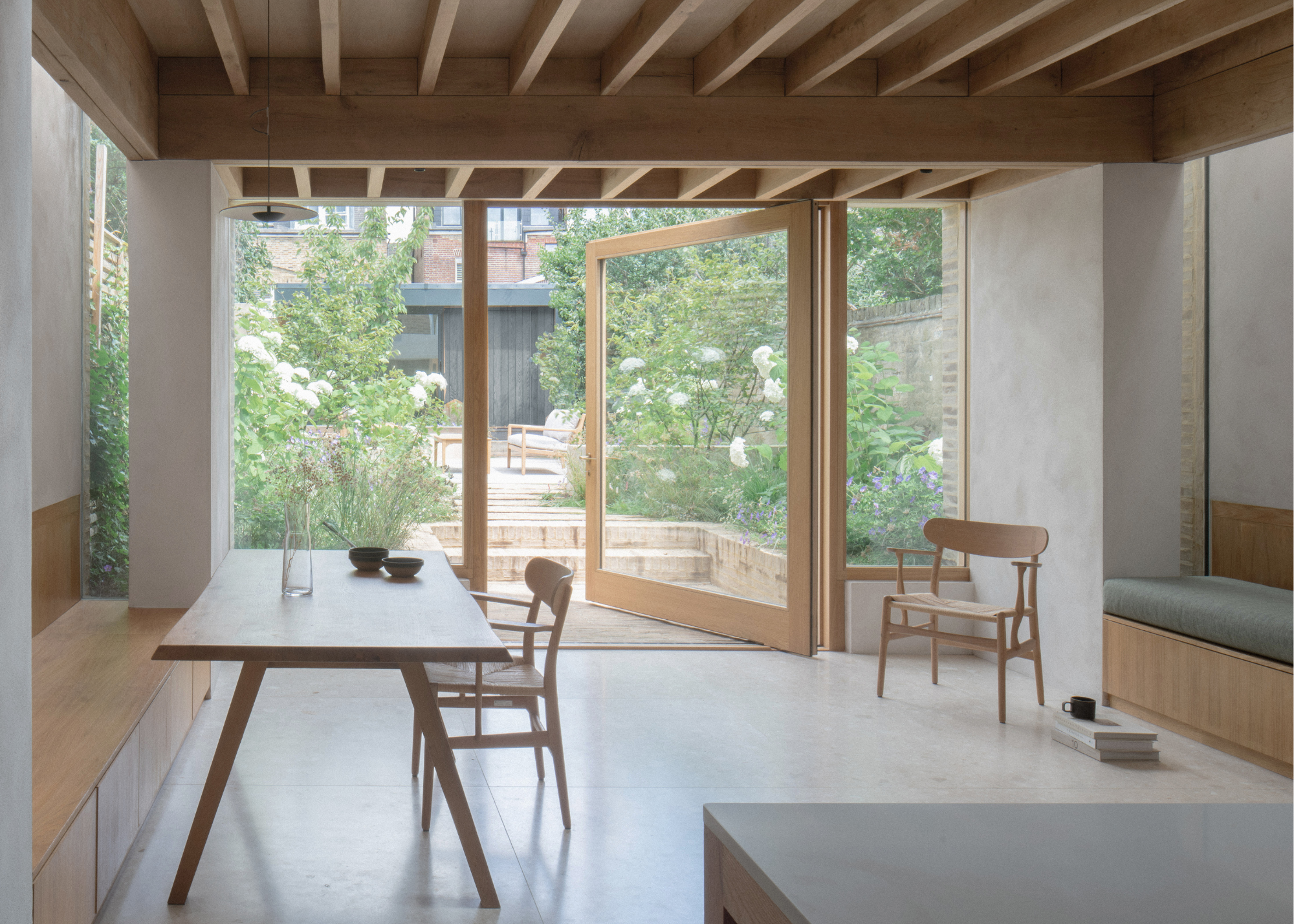
This one should come as no surprise. Sustainability has been the hottest word in the industry for the past few years, and for good reason, too. Massive construction projects can often have disastrous effects on the environment, so it's about time we considered the impacts of our architecture.
"Sustainability is the most important architectural trend of 2025," says Ben Ridley, founder of Architecture for London.
"In particular, considering embodied energy. This involves using interesting materials like hempcrete, along with more traditionally used natural timber and stone, all of which can have very low embodied energy if considered correctly. People are becoming ever more aware of environmental impact, particularly when undertaking construction projects, which can be energy intensive," he explains.
As a previously underexplored avenue to design, there is so much room for innovation and creativity when working on sustainable architecture, making it a particularly exciting trend to be involved in. Over just a few years, we've already seen huge movements being made in the world of sustainable materials, many of which have the power to revolutionize the way we build.
"At Architecture for London, environmental impact is a key consideration in our work. We take a research-based, fabric-first approach to sustainability that carefully considers the embodied energy of materials and the performance of our buildings in use," explains Ben.
"We offer a unique ‘Healthy Homes’ approach. We seek to create homes that benefit both from the improved air quality and thermal comfort of Passivhaus construction, whilst using low VOC, natural materials and finishes to create a healthy indoor environment. The Passivhaus approach results in healthier, more comfortable buildings. It creates homes that are a comfortable, consistent temperature without cold spots near windows or doors."
If this is the direction architecture is heading, the future is looking bright.
This studio is a collaborative team of architects, landscape and interior designers. They work at all scales, from furniture to bespoke private homes and commercial developments and are an RIBA Chartered Practice based in London. Environmental impact is a key consideration in their work.
2. Biophilic Design
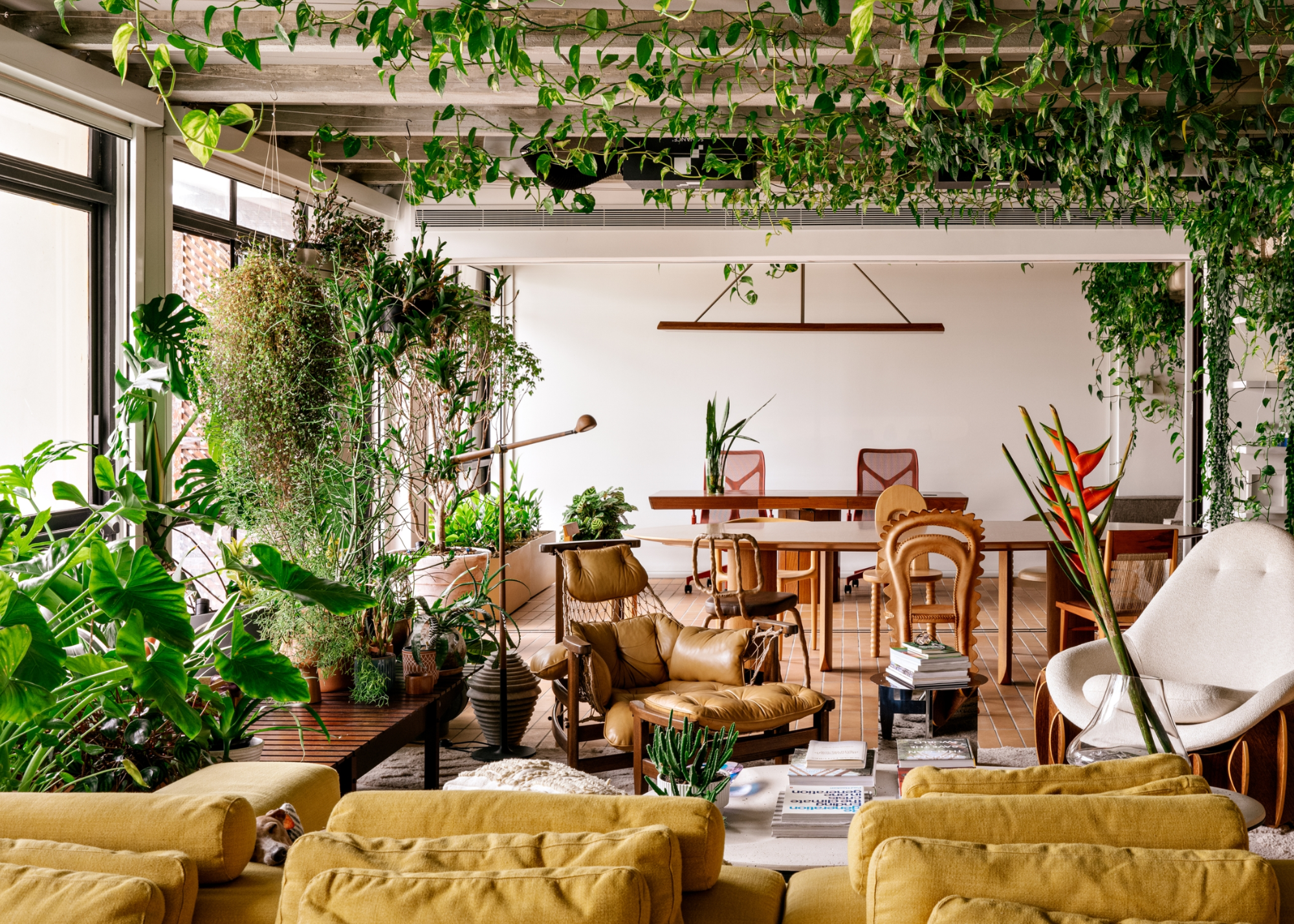
Biophilic design goes beyond house plants, but it's a good place to start.
If there is one trend that has been on everyone's lips this year, it's biophilic design. Coming from a Greek term that translates to a love of life, this design style embraces the natural world, bringing it into every aspect of your home.
As Elle McFadzean, author and bid coordinator at the National Australian Architecture Practice explains, "True biophilic design is now about creating regenerative environments that support mental health, biodiversity and climate adaptation."
Much like the other trends, this style of design is focused on our lived experience and how the spaces we move through affect it. Bringing in as much nature as possible to your home will create a grounding, soothing effect.
"We’re seeing homes and buildings with planted roofs that reduce heat islands, indoor air systems inspired by forest thermodynamics, and even textures chosen to soothe touch," Elle says, "These immersive environments mimic ecosystems: with layered thermal comfort, natural airflow, multispecies habitats and even microbiome-conscious materials. It’s emotional, environmental and architectural."
3. Healing in the Home
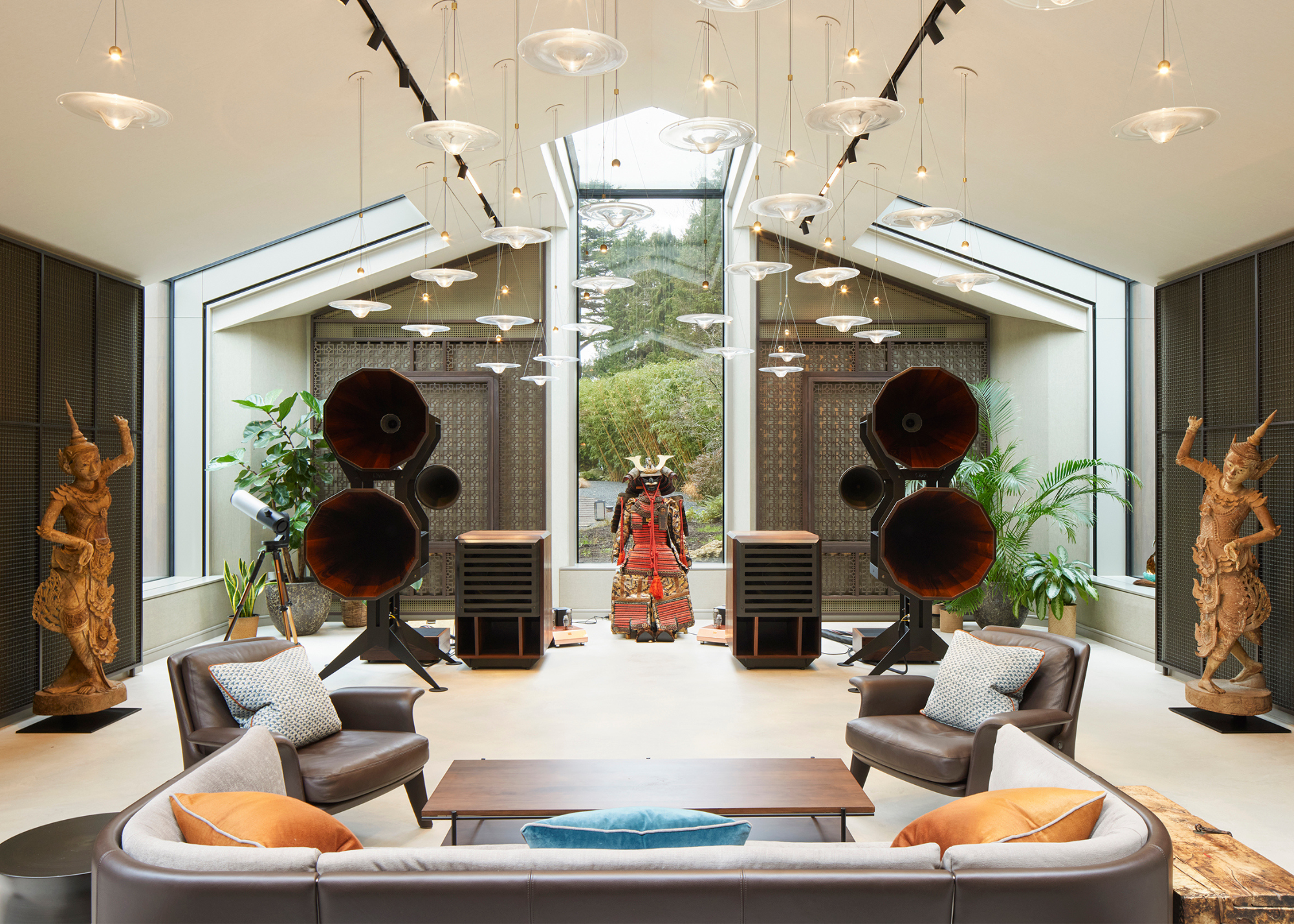
"Architecturally, this music pavilion seamlessly integrates with the existing property through its materiality, scale, and a modern reinterpretation of traditional geometry. Designed to meet stringent acoustic standards, it offers an unparalleled music experience ideal for an audiophile's dream," says Jennifer.
Wellness-led design has become increasingly prevalent over recent years, as a response to an increasingly turbulent world. This can be seen in our love for dopamine decor, as well as the milieu wellness appliances available, and now, it can even be seen in our architecture.
"One of the most significant architectural trends in 2025 is the growing prioritisation of wellness and healing within the home," says Jennifer Payette, architectural designer at SHH Architecture & Interiors, "As a society, we're finding new and more holistic ways to support both physical and mental health — and this is reshaping how people want to live. More and more, our clients are looking for daily access to wellness in the comfort and privacy of their own space."
For some, this may look like a spa-inspired bathroom, while for others, it can take on a whole new meaning.
"We're designing dedicated 'wellness rooms' — thoughtfully integrated areas of the home that might include a spa and beauty room or massage spaces. But wellness is also about emotional restoration. That’s why we’re seeing rising interest in what we call 'healing spaces' — rooms designed to nourish the soul," explains Jennifer, "This could be a music pavilion tucked into a garden, a meditation room with natural light and organic textures, or a quiet library with views of nature. These spaces offer a sense of stillness, inspiration, and beauty — key ingredients in maintaining mental wellbeing."
The way you design your home will have a direct impact on the way you live your life, so bringing in design elements that intentionally uplift you can have drastic effects on your mental wellbeing.
"Technology plays a key role, too, with features like acoustically transparent wall linings and panels, infrared saunas, and red light therapy becoming increasingly common," Jennifer adds, "These aren’t just amenities; they’re essential infrastructure for a healthier living experience. Wellness is no longer a compartmentalized activity, but a way of life, and architecture is asked to support that vision by blending design, technology, and intention to create homes that heal."
At SHH, they create remarkable places for remarkable people. They love what they do, and have been doing it since 1991. They have a great breadth and depth of knowledge and experience, but still retain an entrepreneurial spirit. Whether it’s architecture, interiors or furniture, they are proud of the fact that over 97% of their business is either repeat or personal recommendation.
4. Ethical Luxury
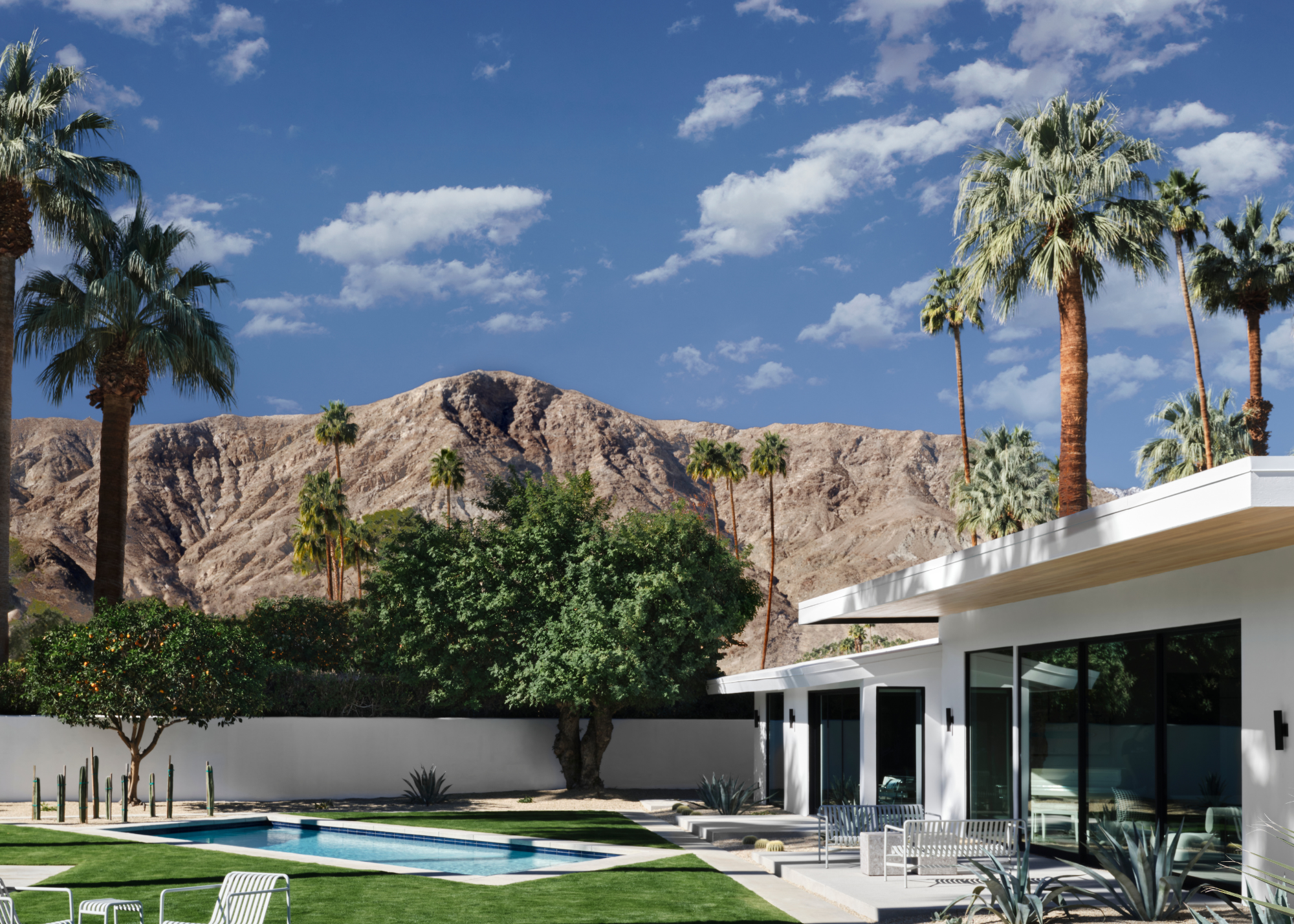
"The goal should always be to create a space that is hyper-responsive to the context, and encourages its inhabitants to be as connected to the surrounding natural landscape as possible," says Jill.
Having moved on from the era of marble-clad everything and extreme opulence, the biggest flex nowadays is a home that is built to support you, and your lifestyle.
Architect Jill Lewis says, "I think we're seeing a dramatic shift in what clients are looking for in custom residential work. We're moving away from wealth-signaling in designing our homes, and moving toward wellness."
This shift towards wellness doesn't just mean having a home sauna, and a gym, it means having a space that you know was built in a holistic, ethical way.
"Clients aren't looking for a showcase home, but rather are demanding ethical, purpose-driven design. They care less about features and finishes designed to impress, and more about including spaces, materials and installations that will lead to a healthier lifestyle. Having a carbon-neutral home that addresses real cultural shifts is the new status symbol. We are looking at a change to ethical luxury," Jill comments.
This movement towards 'ethical luxury', as Jill calls it, signals a wider shift in our societal attitudes. We are tired of the ostentatious designs, created to appeal to the masses on social media, and desire more personal, intimate homes.
"I love that clients are asking the right questions. They are looking for "material transparency"; in other words, knowing where the building materials come from, the life-cycle cost, and the impact along every step of that life-cycle for a material. They are viewing architecture as activism — every decision, from material to siting, becomes a moral choice," Jill notes.
"Decades ago, a wise professor once told our studio that if you don't think you can make a building site better with your design, then you shouldn't be designing. I think that holds true today more than ever," she continues, saying, "Bigger is no longer better. Even on home exteriors, we're looking for materials that are low-maintenance, designed to last for generations, and require little to no application of sealants and chemicals to endure. We are looking at designing projects that are guided by their natural surroundings, and benefit the occupants and nature by living in harmony with the site."
5. Family-Led Designs
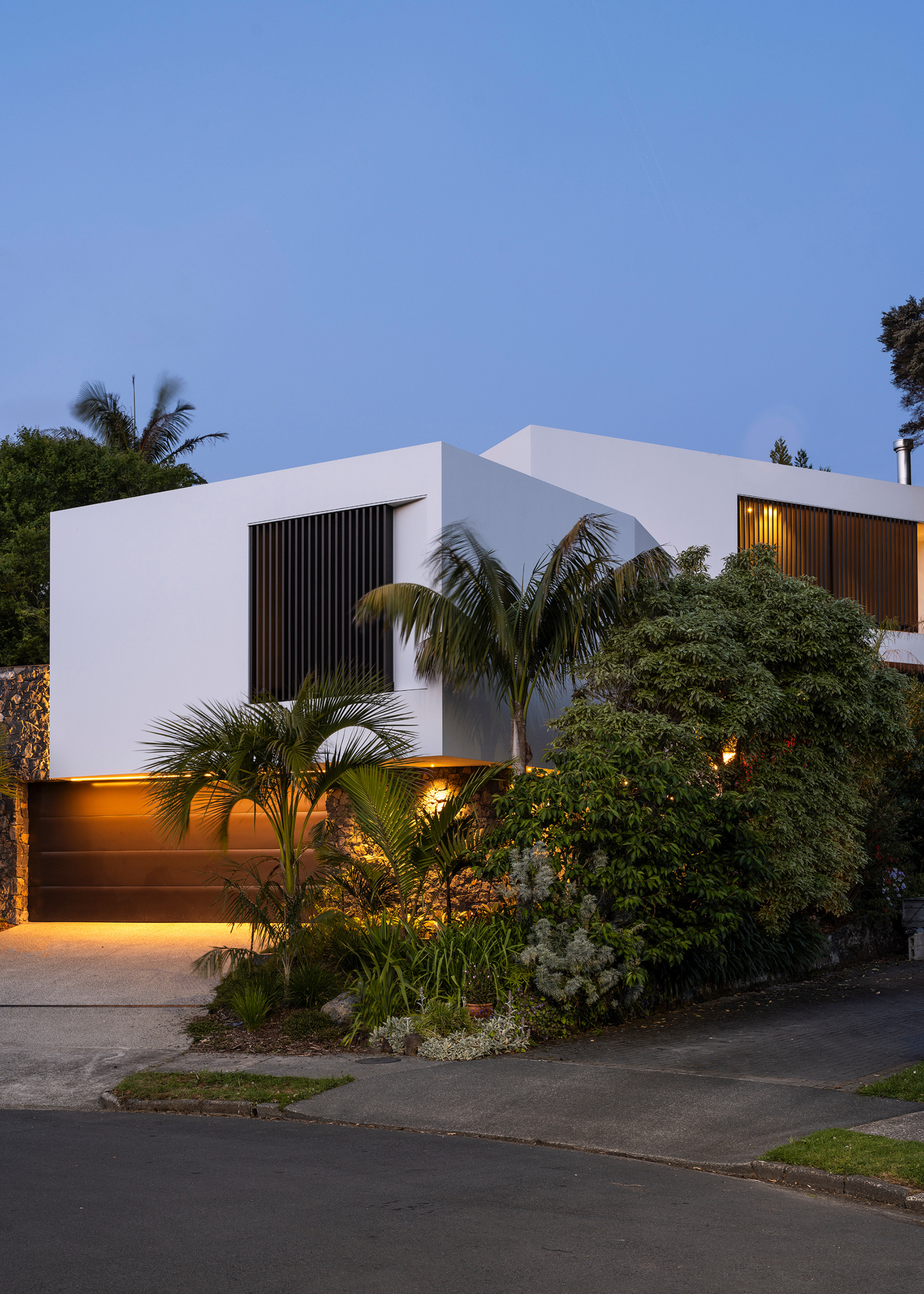
Using plants, and greenery to help form a barrier around your home will create that private sanctuary feeling.
Architecture is not meant to determine the way you live, but rather should be determined by the way you live. Your family identity and history are as important to your home as the functional, material aspects, and the structure you live in should reflect this.
This was something that architect Karina Kreth held in mind when designing the DL House project.
"This project challenges traditional architecture by drawing from the rich cultural background of a family that arrived in Argentina in the early 20th century. The design invites people to engage with the architecture through sensory experiences and emotional connections," she explains.
"It's not just about aesthetics; it reflects history," says Karina.
The home should act as an extension of the inhabitant's life and history, adding to their story and experience.
As Harriet Pilkington, from Young + Richards notes, "We are great believers in the project's site and relationship with our client forming our brief."
The relationship created between the architect and the client should act as a basis for the design.
"I think what is one of the most relevant things at the moment when designing a home is to consider the home as a sanctuary for private family life with areas which are opened up to an invited few, especially in an urban setting," Harriet explains, "With such busy bustling lives people need to feel a sense of calm and relief when coming home, a private sanctuary all over their own with as much connection to nature and natural materials as possible."
Creating this sense of a private sanctuary, even in contemporary city homes, is paramount in family-centred design, where architecture acts as a tool to help foster stronger, happier family lives.
These ideas have us feeling inspired and excited for the possibilities the future can hold.
We seem to be moving in a direction that values sustainability, wellness, and general well-being, in a way that was not present in architecture before. Couple this with sustainable interior design, and our favorite wellness garden trends for a home that serves you, as opposed to you serving it.
Be The First To Know
The Livingetc newsletters are your inside source for what’s shaping interiors now - and what’s next. Discover trend forecasts, smart style ideas, and curated shopping inspiration that brings design to life. Subscribe today and stay ahead of the curve.

Maya Glantz is a Design Writer at Livingetc, covering all things bathrooms and kitchens. Her background in Art History informed her love of the aesthetic world, and she believes in the importance of finding beauty in the everyday. She recently graduated from City University with a Masters Degree in Magazine Journalism, during which she gained experience writing for various publications, including the Evening Standard. A lover of mid-century style, she can be found endlessly adding to her dream home Pinterest board.
-
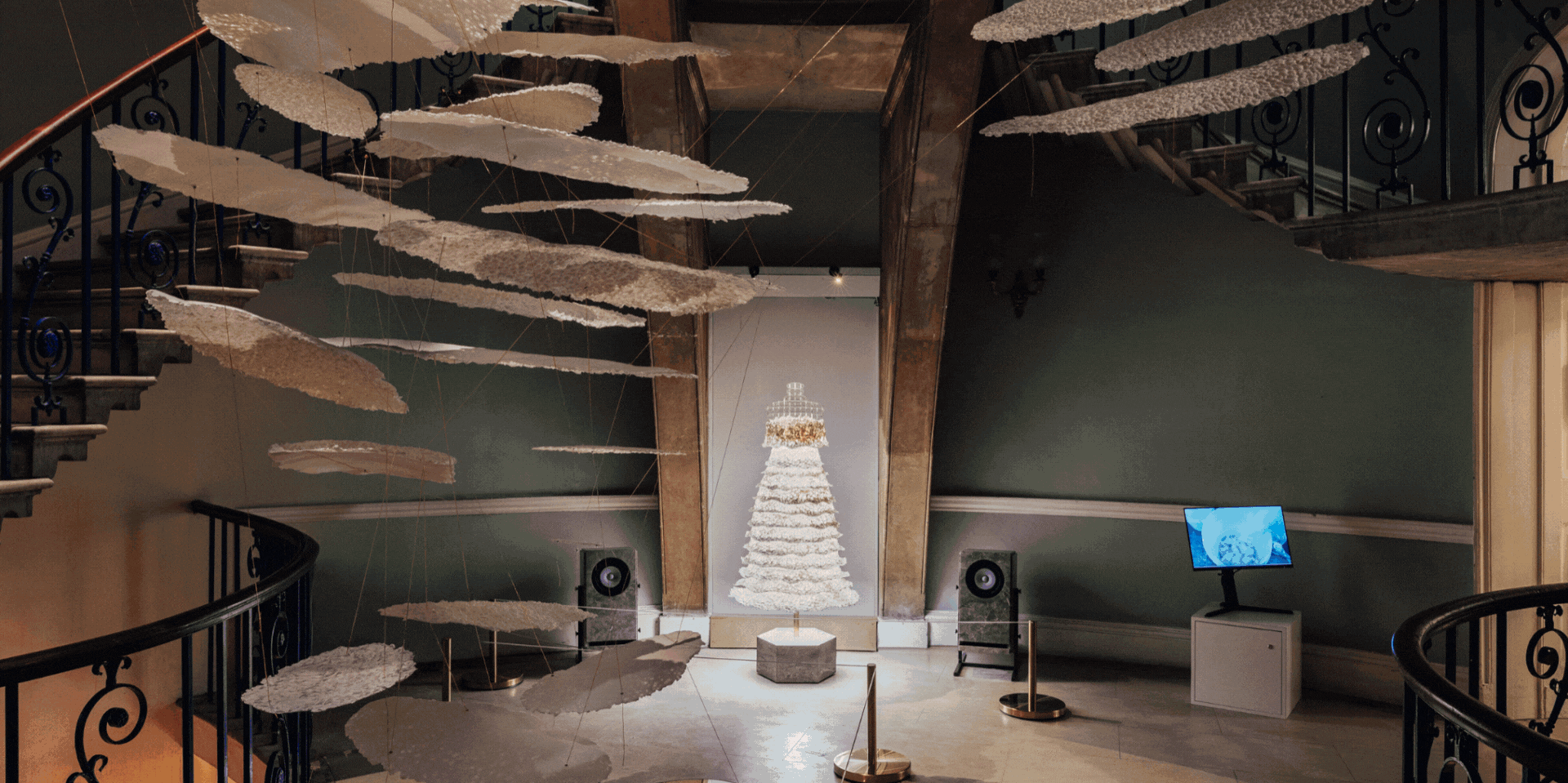 London Design Biennale 2025 — 7 Immersive Pavilions Reinterpreted as Lessons in Decor
London Design Biennale 2025 — 7 Immersive Pavilions Reinterpreted as Lessons in DecorWe hit Somerset House for an exclusive preview of the exhibition's fifth edition, curated by Samuel Ross, and collected unexpected interior inspiration along the way
-
 10 Different Types of Blinds You Need to Know About Before Making a Decision on How You Dress Your Windows
10 Different Types of Blinds You Need to Know About Before Making a Decision on How You Dress Your WindowsFrom relaxed Romans to woven blinds, these styles take the window treatment from purely practical to elevated — even playful
-
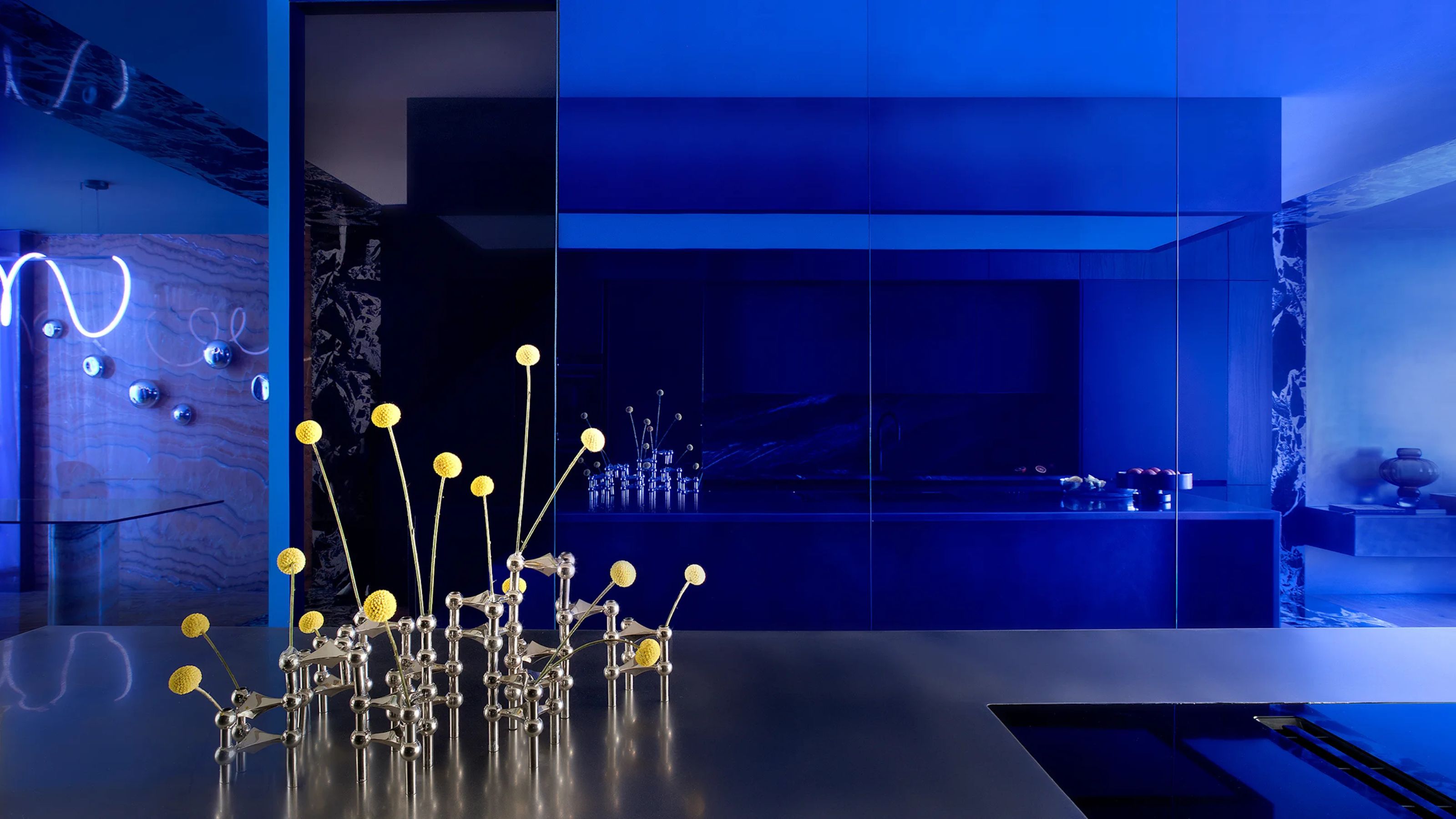 We Already Know the Color That's Going to Have 2027 in a Chokehold — Now's Your Chance to Beat the Trend
We Already Know the Color That's Going to Have 2027 in a Chokehold — Now's Your Chance to Beat the TrendThis cobalt blue-reminiscent color is set to be the *it* shade of 2027, but we've asked designers how to best bring it into our interiors for right now
-
 Forget That Rusty Old Grill — These 6 Outdoor Kitchen Appliance Trends for 2025 Make Cooking Al Fresco So Luxe
Forget That Rusty Old Grill — These 6 Outdoor Kitchen Appliance Trends for 2025 Make Cooking Al Fresco So LuxeThese outdoor kitchen appliances will have you cooking up a storm, in style, setting your summer parties apart from the crowd
-
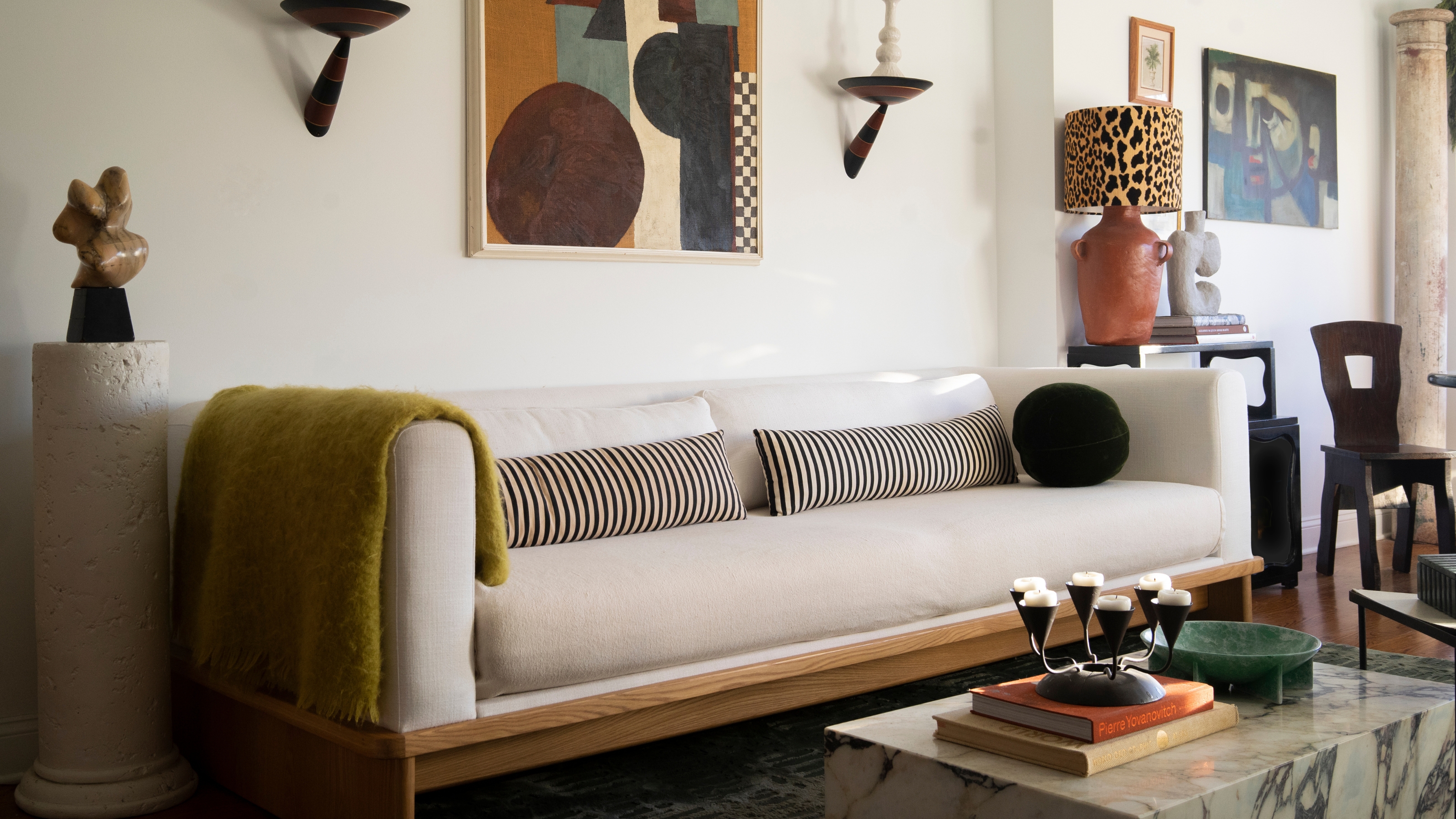 Designers' Reveal the Biggest Pattern Trends for 2025, and It's Shaping Up to Be a Bold Return to the Classics
Designers' Reveal the Biggest Pattern Trends for 2025, and It's Shaping Up to Be a Bold Return to the ClassicsFrom polka dots to leopard prints, these six patterns are the ones designers are decorating with in 2025
-
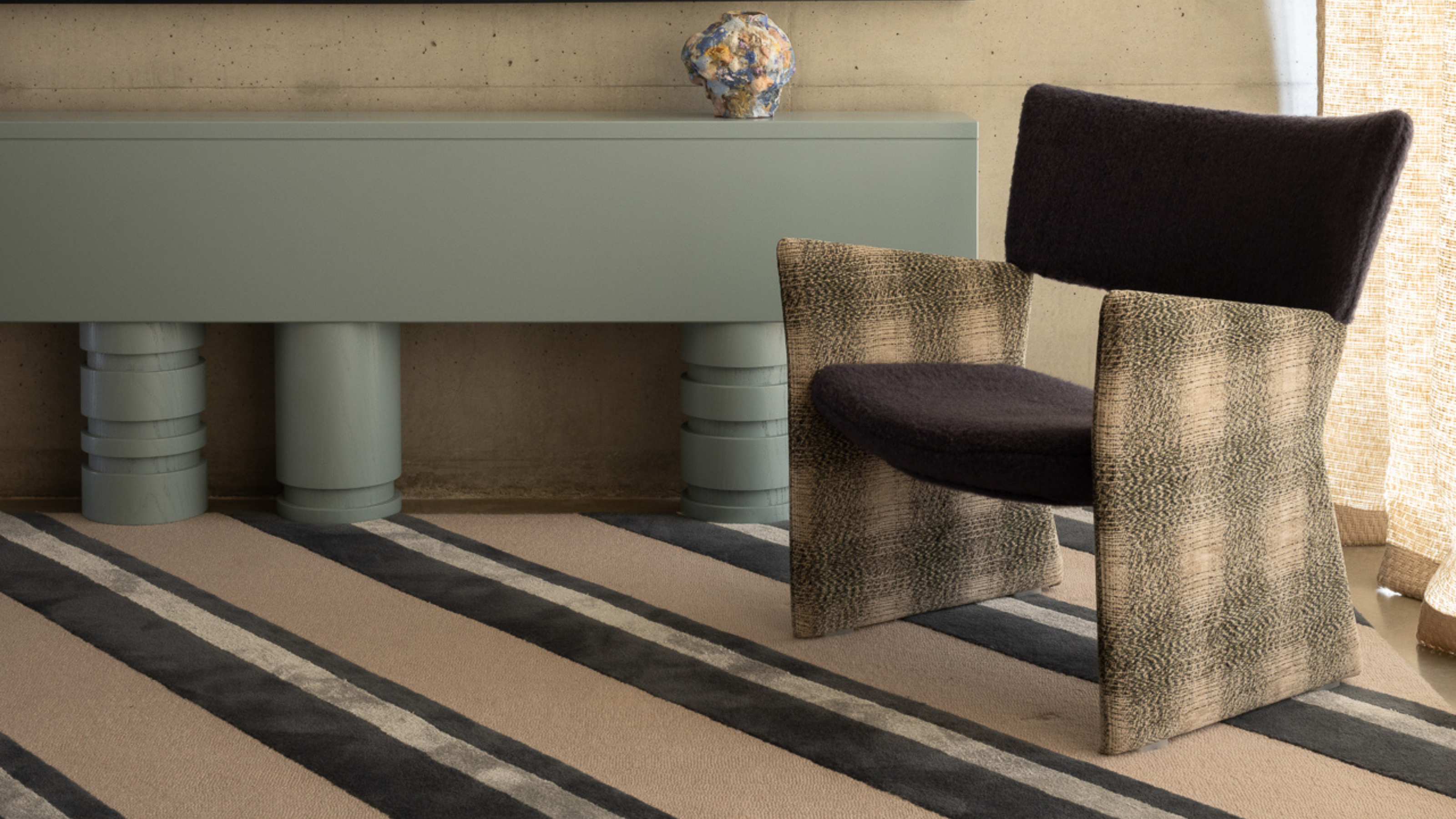 The 10 Big Flooring Trends Emerging in 2025 — These Are the Most Exciting Materials, Styles, and More for Every Room in the Home
The 10 Big Flooring Trends Emerging in 2025 — These Are the Most Exciting Materials, Styles, and More for Every Room in the HomeFor a home that's stylish from top to bottom, you'll need a suitably chic flooring design. Here are the trends we're seeing make waves this year
-
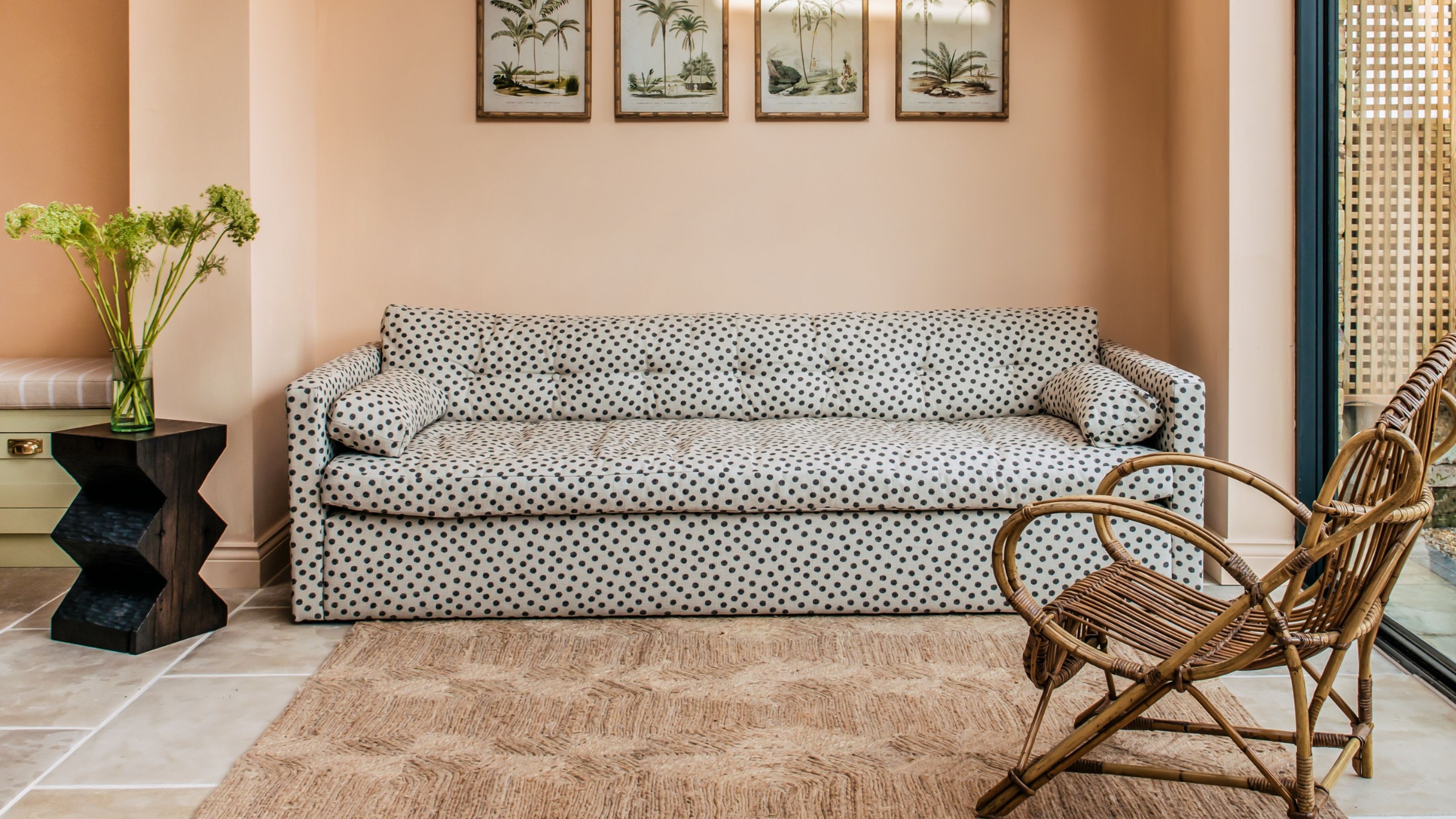 We've Just Pinpointed the Next Pattern About to Take Over Interiors — Plus, How to Make It Look Cool, Not Childish
We've Just Pinpointed the Next Pattern About to Take Over Interiors — Plus, How to Make It Look Cool, Not ChildishPolka dots have proliferated the fashion scene lately, which means it's high time we embraced the 1960s-style pattern in our homes — here's how to do it
-
 What Is the Midimalism Trend? 4 Ways Designers Are Using This Emerging Style to Bring Balance to Interiors
What Is the Midimalism Trend? 4 Ways Designers Are Using This Emerging Style to Bring Balance to InteriorsLooking to perfect a "Goldilocks" sweetspot between sophisticated design and bold, characterful decorating? This trend is the answer
-
 The Next Big Trend in Flooring? This Centuries-Old Tiling Style Is Bringing Classic Italian Grandeur Into the Most Exciting Decorating Schemes
The Next Big Trend in Flooring? This Centuries-Old Tiling Style Is Bringing Classic Italian Grandeur Into the Most Exciting Decorating SchemesYou've probably heard of terrazzo before, but have you met the cooler, chunkier iteration? Introducing Palladiana terrazzo
-
 This 'Plaid' Trick Might Be the Best Way to Make Simple Tiles Look Designer in a Kitchen or Bathroom
This 'Plaid' Trick Might Be the Best Way to Make Simple Tiles Look Designer in a Kitchen or BathroomNot just for picnic blankets and school uniforms, plaid and gingham have found a new home on your bathroom walls

